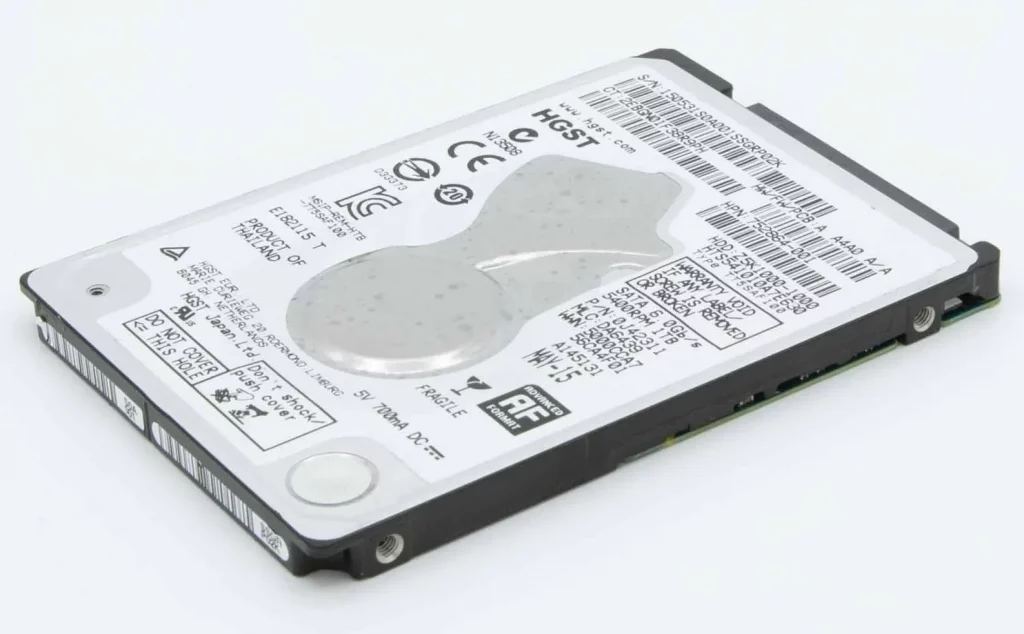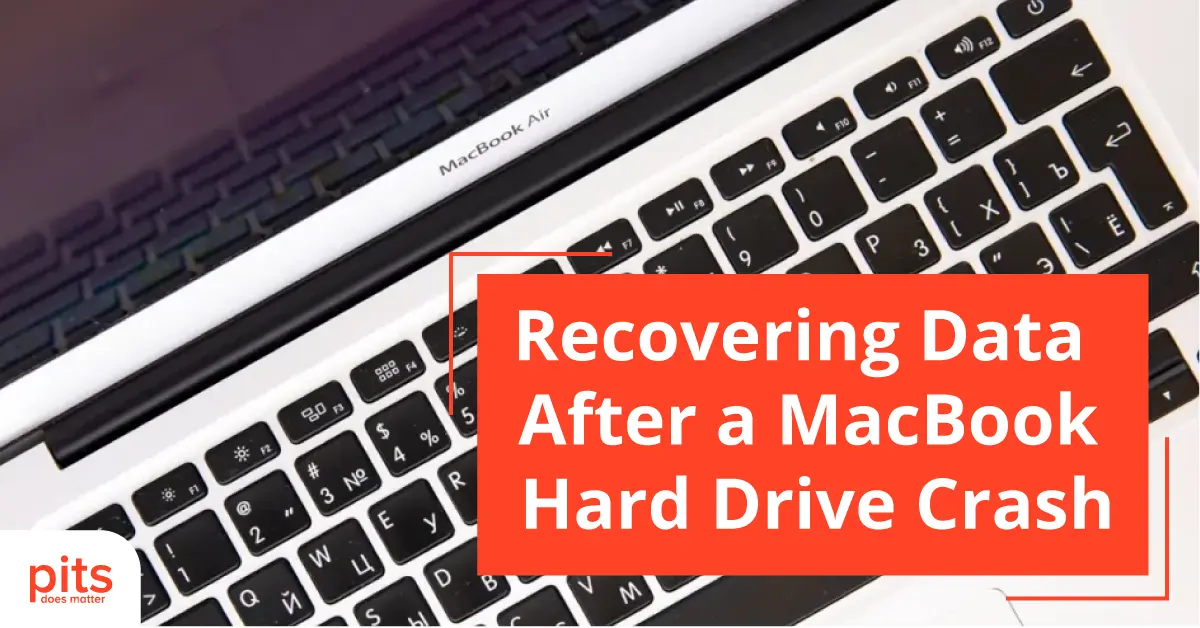When faced with a hard drive crash, the repercussions can stretch far beyond mere inconvenience, particularly for professionals whose livelihoods depend on digital content. Our recent customer, a digital marketing professional, experienced a situation where they heavily depended on their Seagate One Touch external hard drive for all their projects. This case study demonstrates the significance of professional data recovery services. It emphasizes how our team promptly assessed and retrieved the data to avert permanent loss, showcasing our expertise.
Understanding Customer Issues
Our recent customer encountered an issue with his hard drive that initially seemed impossible. Initially, he took the device to a few local repair shops, hoping for a quick fix, but he was disappointed. One technician mentioned they couldn’t even get the hard drive to spin, indicating a severe problem. After these failed attempts to revive his essential work tool, the customer discovered our specialized services. Feeling a mix of hope and urgency, he reached out to us, clearly explaining his predicament and the critical nature of the data trapped within his unresponsive device.
Upon reception of the client’s request, our team expeditiously scheduled an appointment to evaluate the device at our laboratory. Recognizing the situation’s urgency, our team promptly produced a shipping label to accelerate the dispatch of her external hard drive to our data recovery lab in California. This proactive strategy guaranteed the prompt initiation of the client’s data recovery procedure.
Understanding Hard Drive Crash Causes
Upon receiving the client’s device at our lab, our team of experts conducted an initial evaluation to diagnose the extent of the damage and formulate a recovery plan. This first step involved examining the hard drive’s physical condition and testing it with specialized diagnostic tools to assess its readability.
Early findings indicated that the hard drive exhibited symptoms of mechanical failure, a situation often characterized by damaged internal components that prevent the drive from functioning properly.
It is vital to rely on skilled technicians with extensive knowledge and experience in dealing with such scenarios. The realization of mechanical failure prompted our team to advance with a cleanroom operation, a critical phase in the recovery process.

This method requires a dust-free environment to prevent further damage to the hard drive’s sensitive internal components during disassembly and repair. Our state-of-the-art cleanroom facility provided the ideal conditions for our skilled technicians to retrieve data.
Data Recovery Process for Macbook Hard Drive
Handling a crashed hard drive can be quite challenging. Our team of trained professionals handles various hard drive failures and has the tools for effective data retrieval. Understanding the underlying causes of a hard drive crash is paramount in the complex data recovery process.
After the initial diagnostics and cleanroom procedures, our data recovery process advances to more complex stages. It starts with the careful disassembly of the crashed hard drive. Our technicians perform this step meticulously to prevent additional damage.

They inspect each component for wear or damage, paying close attention to the platters holding the data and the read/write heads, which are commonly responsible for mechanical failures.
After the successful disassembly, the next crucial step is cloning the drive. This involves creating an exact sector-by-sector copy of the hard drive and moving it onto another storage device.
This step is vital for preserving the original state of the data, allowing our technicians to work from the clone rather than the damaged original.
Advanced Solutions for Data Recovery
Cloning helps in minimizing the risk of data loss during the retrieval process. The recovery process’s final stage involves confirming the restored data’s integrity. We conducted a meticulous customer file verification session after successfully cloning the damaged hard drive’s contents.
This critical step allowed us and the client to ensure that all the crucial photos, videos, and music files crucial for professional projects and personal memories were completely and accurately recovered.
Conclusion for Recovered MacBook Hard Drive
Our swift action and comprehensive evaluation process prevented any permanent loss of crucial information. This experience emphasizes the significance of seeking professional data recovery services rather than attempting DIY solutions or relying on local technicians with limited expertise and resources. Whether personal files, critical business documents, or precious memories that seem lost, PITS Global Data Recovery Services offers a reliable solution to safeguard and retrieve your valuable data.
If you’ve encountered a data loss situation similar to this, don’t hesitate to contact us. Our specialized services are designed to address complex data recovery challenges with efficiency and expertise. Whether it’s a mechanical failure, accidental deletion, or any other data loss, our team is equipped to handle it all.
FAQ - Recovering Data After a MacBook Hard Drive Crash
What first steps should I take if my MacBook hard drive crashes?
Immediately stop using your MacBook to avoid further damage. Do not attempt to reboot or reconnect the hard drive. It is advisable to seek assistance from specialized data recovery services.
What are the common causes of a hard drive crash?
- Overheating of the hard drive due to factors such as insufficient ventilation or continuous heavy usage.
- Physical damage from drops, shocks, or power surges.
- Wear and tear over time lead to mechanical failures.
Can I retrieve data from a crashed hard drive myself?
Avoid attempting self-data recovery to prevent additional damage and the risk of permanent data loss. This boosts the chances of successful data recovery without further harming the storage device.
Is it safe to use software recovery tools for a MacBook hard drive?
Using software recovery tools with professional guidance can avoid further data loss. To ensure the safety of your data, consult with data recovery experts who specialize in MacBook devices.
How do I prevent crashes on my hard drive?
- Regularly back up your important data on multiple storage devices.
- Keep your computer cool by ensuring proper ventilation and avoiding exposure to extreme temperatures.
- Handle your hard drive with care, avoiding drops or impacts.
